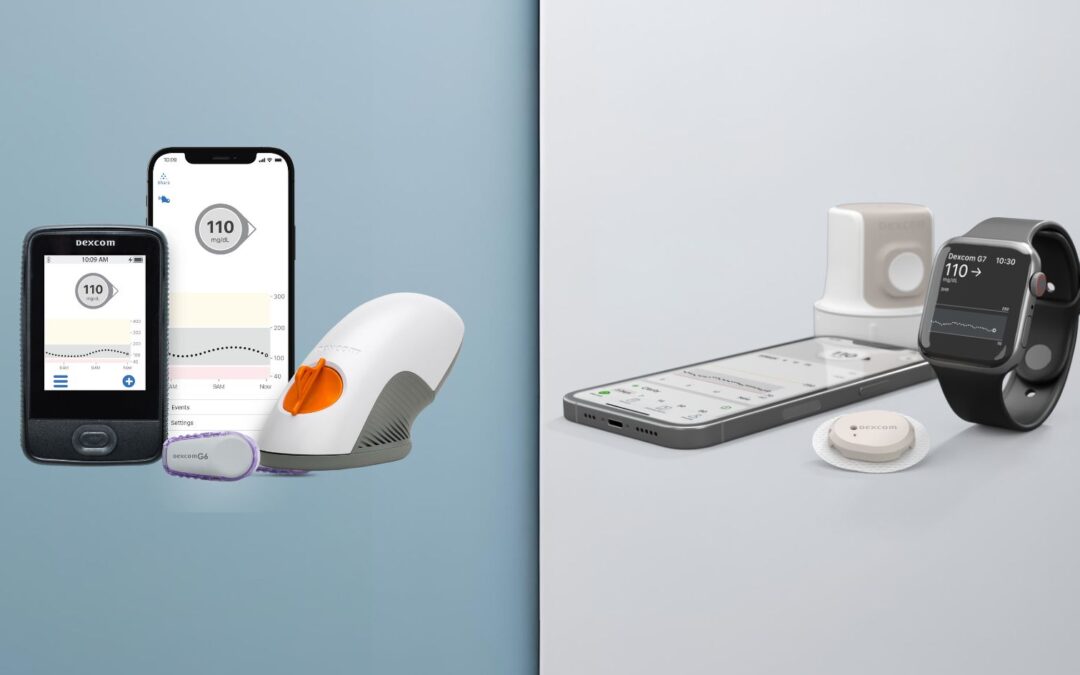Many people are surprised when they’re diagnosed with type 2 diabetes—especially if they’ve lived a relatively active and healthy lifestyle. A diagnosis like this can bring on a wave of confusion, frustration, and uncertainty. But with time, education, and a few meaningful adjustments, living well with diabetes becomes not only possible but empowering.
Getting Diagnosed: The First Shock
For some, the diagnosis comes out of nowhere. It’s easy to feel overwhelmed when handed pamphlets and a few instructions that don’t make the condition feel any more manageable. Questions like “Where do I start?” and “What can I eat now?” are common—and completely valid.
Learning to Understand Blood Sugar
Early on, many people struggle with understanding their blood sugar levels. Readings may seem unpredictable, and routines like checking glucose can feel easy to forget. Over time, though, developing a consistent monitoring habit—especially with the help of a Continuous Glucose Monitor (CGM)—can make a big difference.
Seeing how different foods, stress, sleep, and exercise affect your levels helps build a clearer picture of how your body responds. That kind of insight turns data into action and helps create a sense of control.*
Small Changes to Food and Routine
Rather than overhauling every part of life, many people find success with small, intentional changes. Swapping refined carbs like white rice for options like quinoa, adding more non-starchy vegetables to meals, or simply reading food labels more carefully can lead to more stable energy and blood sugar throughout the day.
Healthy eating doesn’t have to be bland, either. With some creativity, meals can be both nutritious and satisfying.
Movement That Feels Good
Exercise doesn’t need to be intense to be effective. Gentle, consistent activity—like walking for 20 minutes a day—can help improve blood sugar response, reduce stress, and support overall well-being. The goal is progress, not perfection.
Mental Health Matters, Too
Managing stress is often overlooked, but it’s just as important as diet or exercise. Many people find that stress can influence their blood sugar levels.* Techniques like journaling, meditation, or simply creating quiet time each day can help reduce the mental load that comes with a chronic condition.
Living Better, One Step at a Time
Over time, many people notice real progress—not just in their numbers, but in their confidence. Living with diabetes becomes less about fear and more about understanding. It’s not about being perfect; it’s about being consistent, curious, and compassionate with yourself along the way.
Important Note:
This content is for informational and educational purposes only and is not a substitute for professional medical advice, diagnosis, or treatment. Always consult your healthcare provider with any questions regarding a medical condition or treatment plan. No doctor-patient relationship is established by reading or interacting with this content.
You Might Also Like

Can You Get the Dexcom G7 Through Medicare?
A Powerful Tool for Managing Diabetes Managing diabetes effectively requires access to the right tools—and for many people, that includes a continuous glucose monitoring (CGM) system like the Dexcom...

What’s the Difference Between Dexcom G6 and G7?
Simpler, Smaller, and Smarter for Everyday Use If you’re currently using the Dexcom G6—or considering a continuous glucose monitor (CGM) for the first time—you might be wondering how the new Dexcom...

The Power of Diabetes Self-Management Education: Take Control of Your Health
Managing diabetes is about more than taking medications—it’s about understanding your condition, making informed daily choices, and staying committed to long-term health. That’s where Diabetes...


